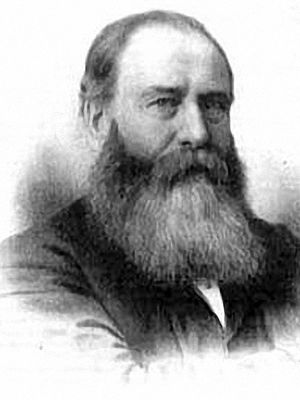(Q58749)
Statements
16 March 1827Gregorian
0 references
24 March 1888Gregorian
0 references
Benjamin Piercy (1827-1888), civil engineer, was born near Trefeglwys, Montgomeryshire. He trained in the office of his father, who was a commissioner, valuer and surveyor for the inclosure of commons and for tithe commutation awards, and in 1847 became chief assistant to a surveyor and land-agent in Montgomery. Piercy was asked by Henry Robertson (1816-1888) for assistance in preparing plans for the Shrewsbury and Chester Railway Bill in 1851, and later for a railway between Oswestry and Newtown. He then went into independent practice, and in the course of his work gained a reputation as a witness in parliamentary committees, with the result that he became involved in nearly every project introducing railways into Wales. His notable engineering feats included bridges over the Severn, Mawddach and Traeth Bychan estuaries, and also the Talerddig cutting. From 1861, he became heavily involved in engineering works in Sardinia, Rome, France, India and Burma, but he returned to Wales and purchased the Marchwiel Hall estate, Denbighshire, in 1881, devoting most of the rest of his life to civil engineering projects in north Wales. He stood unsuccessfully as a parliamentary candidate for Peterborough, Cambridgeshire, in 1883, and died in London in 1888. After his death the estate was managed by the Piercy Trustees.
0 references
